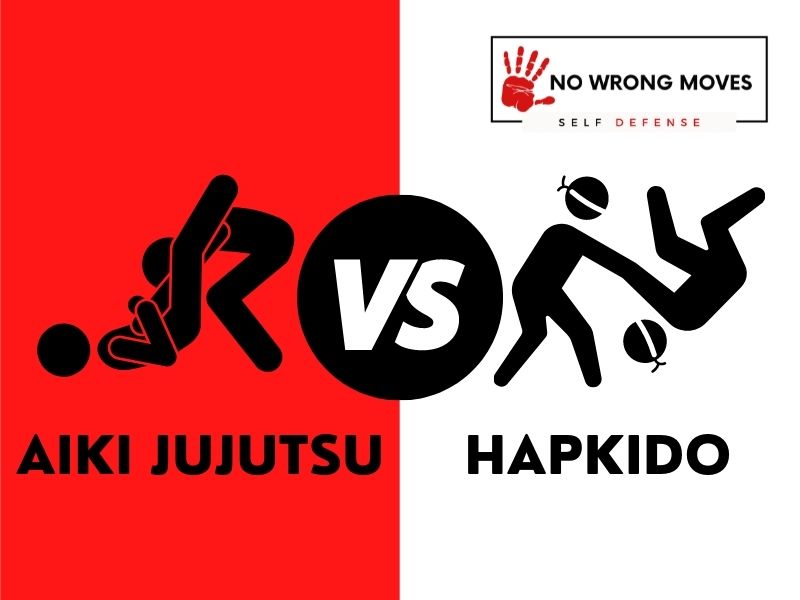
- What We Know About Aiki Jujutsu
- What We Know About Hapkido
- Key Elements Of Aiki Jujutsu
- Key Elements Of Hapkido
- Aiki Jujutsu Rankings & Levels
- Hapkido Rankings & Levels
- What A Typical Aiki Jujutsu Training Session Looks Like
- What A Typical Hapkido Training Session Looks Like
- Movies With Aiki Jujutsu And Hapkido
- Conclusion: Aiki Jujutsu Vs. Hapkido
Today, we are going to end the long-standing debate of Aiki Jujutsu Vs. Hapkido! People (especially those online) go back on forth on which discipline is better.
Some say that Aiki Jujutsu is more fluid and instinctive, while others argue that Hapkido is more powerful and straightforward. So, which is it and why?
Well...
The main difference between Aiki Jujutsu and Hapkido is their origins and techniques. Aiki Jujutsu originated in Japan as a form of self-defense for samurai, utilizing joint locks and throws.
Hapkido, on the other hand, originated in Korea and incorporates kicks, punches, and pressure point strikes.
The two disciplines also have different approaches to conflict resolution. Aiki Jujutsu emphasizes controlling and subduing an opponent without causing harm, while Hapkido's focus is on disabling or incapacitating them.
But let's look at these two disciplines in more depth.
Once we've done that, you can decide for yourself!
What We Know About Aiki Jujutsu
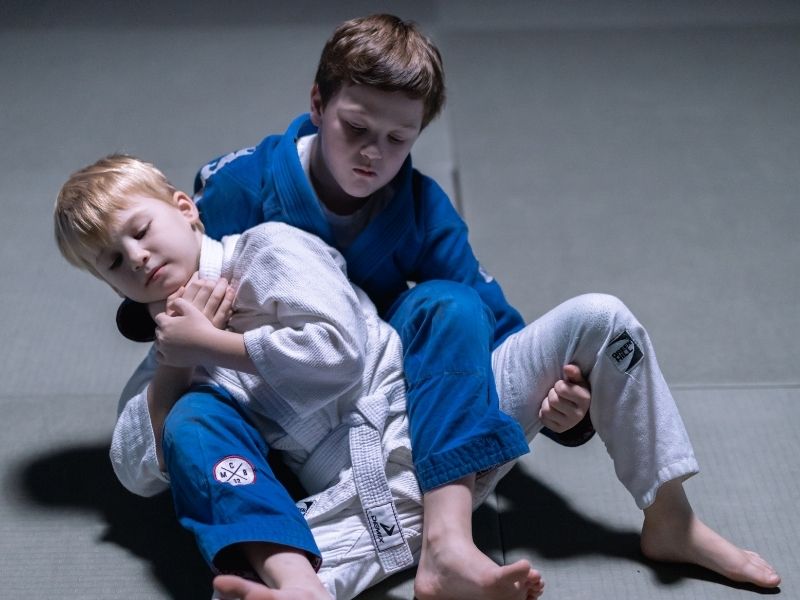
Aiki Jujutsu utilizes harmonizing an opponent's energy with your own internal energy in order to redirect it according to your needs. This is done by blending with the force instead of colliding with it, which would stop it in its tracks.
A practitioner of Aiki Jujutsu uses the striking and evasive techniques of Kempo-Jutsu to position their body close to their opponent before following with linear, diagonal or circular movements to redirect the opponent's energy.
The throwing techniques of Aiki Jujutsu are almost completely dependent upon the Atemi of Kempo-Jutsu. In some cases, with masterful skill, the practitioner can apply Aiki Jujutsu throwing techniques by blending with their opponent's energy.
In most cases, applying an appropriate Aiki Jujutsu throwing technique will disrupt the opponent's balance and send them flying.
The history of Aiki Jujutsu can be traced back to the Shinmei-ryu school of swordsmanship founded by Takenouchi Hisamori in the early 1600s. One of Hisamori's students, Takeda Sokaku, is credited with developing Aiki Jujutsu from the techniques he learned from Hisamori.
Sokaku passed on his knowledge to his son, Takeda Tokimune, who continued to teach and develop the art until his death in 1943.
Morihei Ueshiba continued to develop the art, creating Aikido, a modernized version of Aiki Jujutsu.
Aiki Jujutsu can still be used for self-defense or as a form of physical and mental exercise. It teaches control over one's own body and mind as well as efficiently using an opponent's energy against them.
What We Know About Hapkido
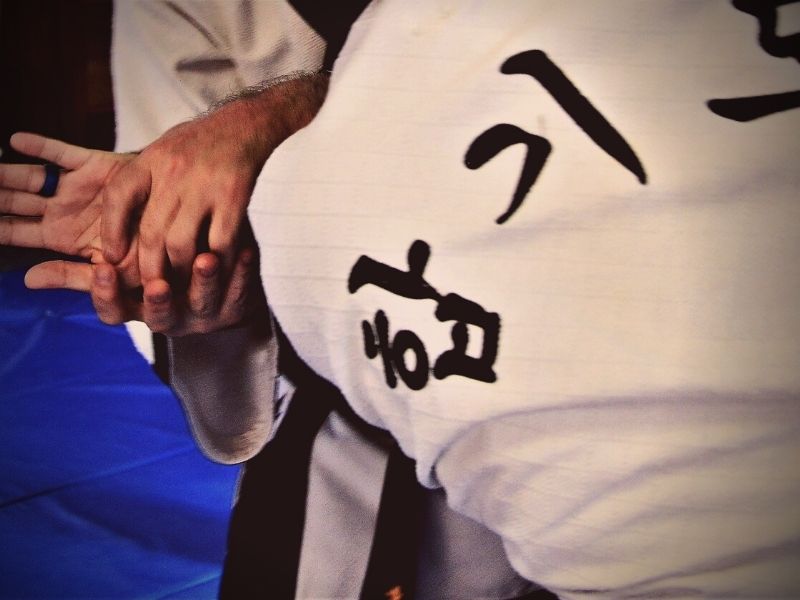
Hapkido is a Korean martial art that combines techniques from a variety of styles, including Judo, Aikido, and Karate.
It was developed by Choi Yong-Sool, who combined his knowledge of martial arts with the philosophy of Taoism. Hapkido is often seen as "the way of coordination and interlapower."
Hapkido focuses on using an attacker's momentum and leverage to control them, rather than relying on brute strength.
It also emphasizes the use of joint locks and throws to incapacitate an opponent. Hapkido practitioners also learn techniques for defending against weapons such as knives and guns.
In addition to self-defense, Hapkido training also includes meditation and breathing exercises to improve physical and mental well-being.
Hapkido is a popular martial art in Korea, with many schools and organizations dedicated to its practice. It has also gained recognition internationally, with practitioners found all over the world.
Of course, this is only a brief history and understanding of Aiki Jujutsu and Hapkido, but if you want to go deeper into either art, be sure to check out the following posts:
Now, back to the comparison...
Let's look at the origins of the respective disciplines and then compare the key elements of their practices. You will be able to understand some of their similarities and differences a bit better afterward.
| Aiki Jujutsu | Hapkido | |
| Origins | Japanese | South Korean |
Key Elements Of Aiki Jujutsu
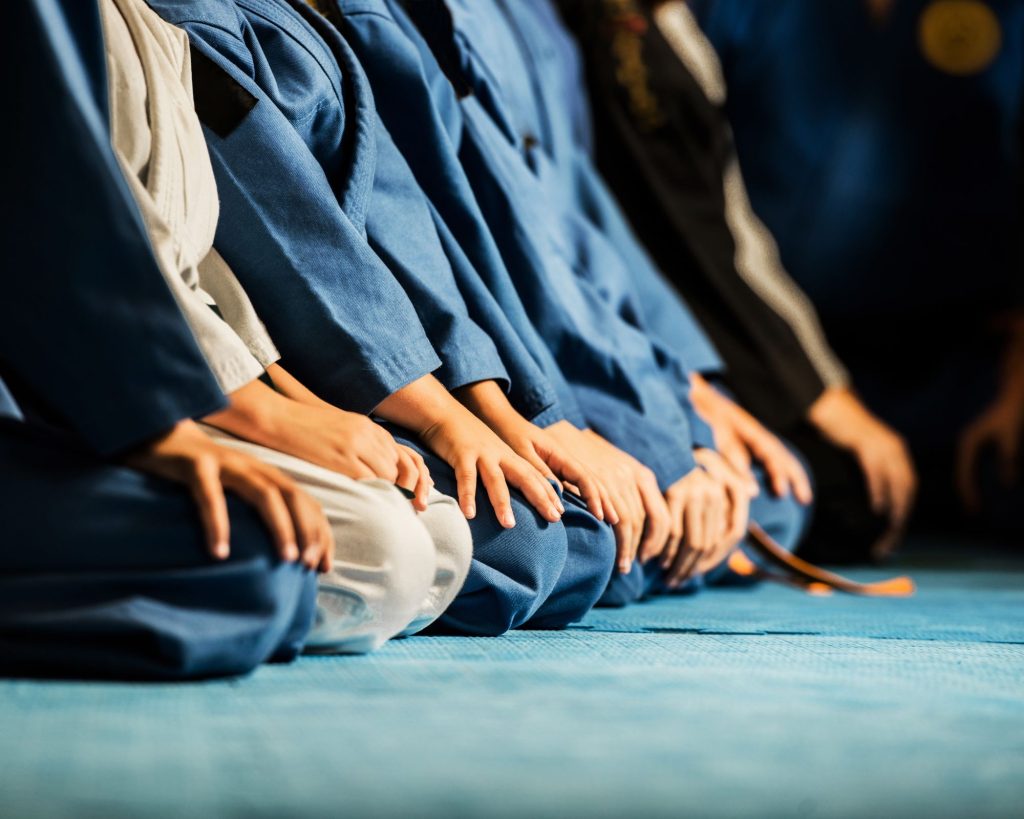
One of the fundamental principles in Aiki Jujutsu is the use of leverage and balance to gain an advantage over one's opponent. This involves the strategic application of force and momentum to manipulate an opponent's body, making it easier to control and overpower them.
Another essential component of Aiki Jujutsu is the use of body movement and positioning.
By carefully positioning one's body in relation to the opponent, a practitioner can create openings for attacks or defensive maneuvers. This requires a high degree of spatial awareness and precision in movement.
Joint locks and throws are powerful techniques that can be used to subdue an opponent quickly and efficiently.
These maneuvers involve applying pressure to a joint or manipulating an opponent's balance to throw them to the ground. They require a thorough understanding of anatomy and a high degree of technical skill.
One of the most advanced techniques in Aiki Jujutsu is the ability to blend with the motion of an attacker. This involves moving in a way that allows a practitioner to avoid incoming attacks while simultaneously positioning themselves to counterattack.
It requires an acute awareness of an opponent's movements and a high level of skill in evasive maneuvers.
Next, breath control is an essential component of Aiki Jujutsu. By learning to regulate their breathing, practitioners can maintain their focus and energy levels, even in the face of physical exertion and stress.
Mental focus and calmness in the face of adversity are critical traits for any Aiki Jujutsu practitioner.
If you're knee deep into a fight, you'll want to know how to maintain a clear head and a calm demeanor, even in the face of danger. This requires mental fortitude and the ability to stay focused under pressure.
Finally, one of the most powerful parts of this martial art is its ability to use an attacker's energy against them.
By skillfully redirecting an opponent's momentum, a practitioner can use their strength and force to overpower them. This requires a deep understanding of physics and a high degree of technical skill.
Key Elements Of Hapkido

Hapkido philosophy emphasizes the use of circular motion, non-resistance, and control of the opponent in a manner that is not overly aggressive.
Five Principles of Hapkido:
1) Water Principle: Adaptability and flexibility in techniques and strategies
2) Circle Principle: Using circular movements to redirect and control an opponent's force
3) Non-Resistance Principle: Using the opponent's own energy against them instead of directly opposing force
4) Mind and Body Unity Principle: Using both mental focus and physical techniques to control a situation
5) Indomitable Spirit Principle: Never giving up, always striving for self-improvement
These principles guide hapkido practitioners in their training and application of techniques.
Another thing I think is important to look at is the different rankings and levels in each art. If you are looking to take up either Aiki Jujutsu or Hapkido, whether as a hobbyist or to compete, you need to understand the different levels of proficiency and what is required for testing and ranking.
Aiki Jujutsu Rankings & Levels
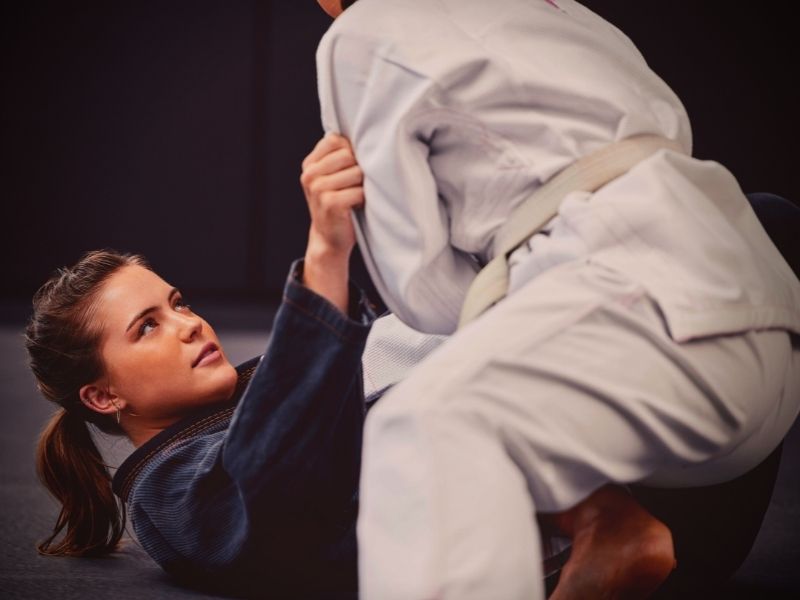
There are three levels in Aiki Jujutsu: beginner, intermediate, and advanced.
The beginner level is for students who are new to the art and are still learning the basics. At this level, students learn how to defend themselves against basic attacks and how to execute basic moves.
The intermediate level is for students who have mastered the basics and are now learning more advanced techniques. At this level, students learn how to defend themselves against more advanced attacks and how to execute more complex moves.
And finally, the advanced level is for students who have mastered the intermediate level and are now learning the most advanced techniques. At this level, students learn how to defend themselves against the most advanced attacks and how to execute the most complex moves.
Hapkido Rankings & Levels

There are ten black-belt ranks in Hapkido, and these are referred to as degrees or dans. Fourth-degree black belt or higher usually refers to a master-level practitioner.
The precise number of kup ranks is system and rank dependant, but typically there are twelve grades in total. When a student begins their training they are given a white belt, which is the rank of a novice.
As they progress through their training and demonstrate proficiency in the skills required, they are promoted to a higher rank.
The level of skill, or rank, is designated by a colored belt worn around the waist. Color-belt ranks below black belt are called grades (kup in Korean).
The ten black-belt ranks are referred to as degrees or dans. Fourth-degree black belt or higher usually refers to a master-level practitioner.
This system of ranking is used in most Hapkido schools, although there can be variations between different systems and schools.
One of the benefits of progressing through the kup ranks is that students learn the importance of discipline and commitment. They must demonstrate not only proficiency in the techniques required for their rank, but also adherence to the etiquette and values of Hapkido.
This system helps to ensure that all students progress at a similar rate and achieve a high level of mastery before reaching the rank of black belt.
What A Typical Aiki Jujutsu Training Session Looks Like
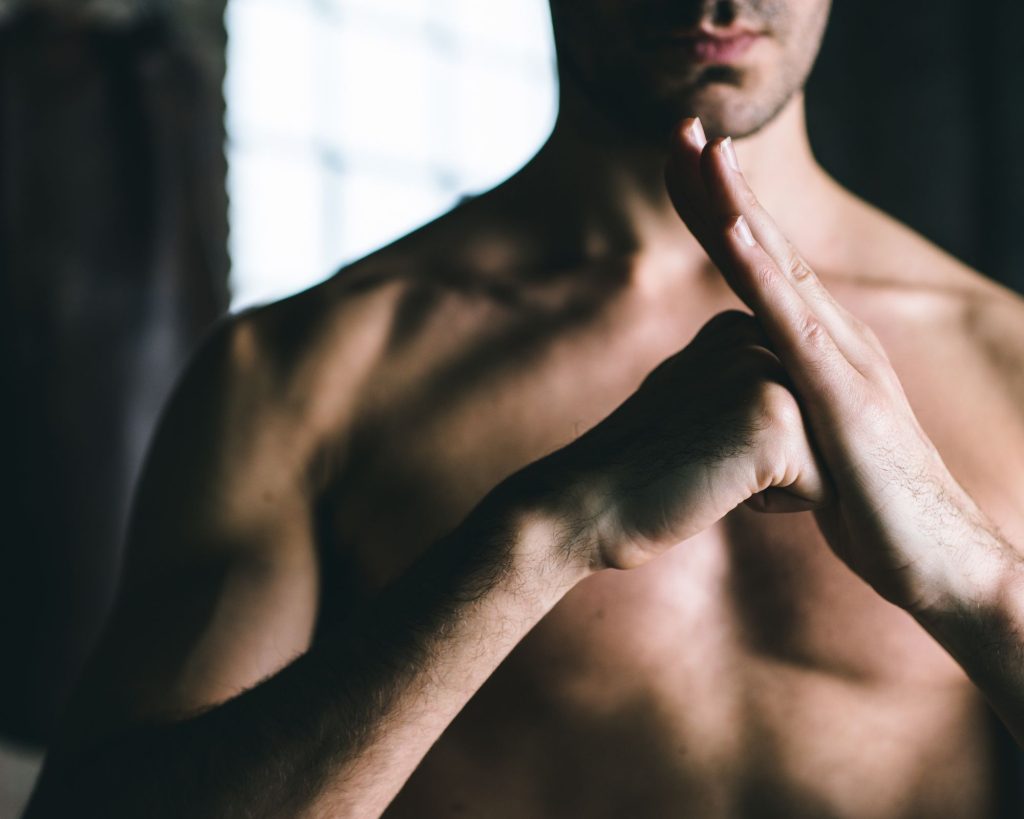
A typical Aiki Jujutsu practice session may start with a few minutes of warm-ups, such as joint rotations and light stretches.
This is followed by practicing techniques, which may include throws, locks, and pins. The session usually ends with some relaxation exercises and a cool-down. One of the most commonly used techniques in Aiki Jujutsu is the wristlock.
This involves controlling an opponent's wrist and using their own momentum to throw them off balance.
In addition to physical technique, Aiki Jujutsu also emphasizes mental and spiritual development. This includes cultivating a strong mind-body connection and developing qualities such as patience and awareness.
What A Typical Hapkido Training Session Looks Like
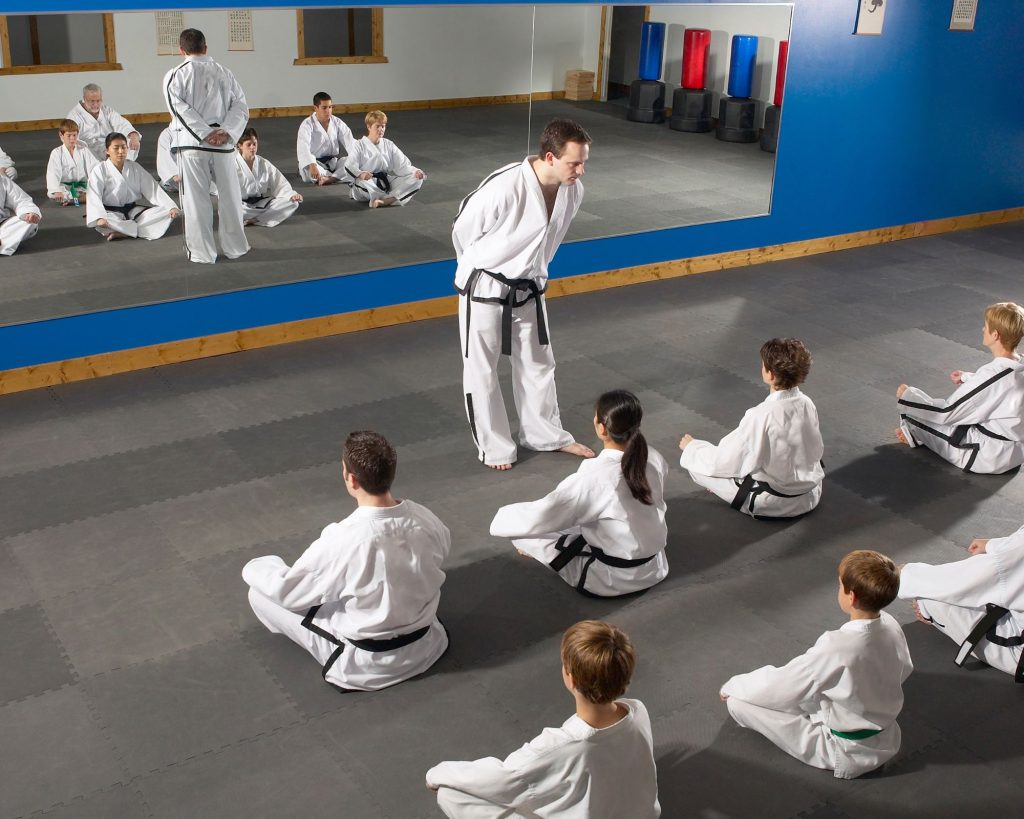
A typical Hapkido practice class will begin with a warm-up. This may include stretching, calisthenics, or light sparring. The purpose of the warm-up is to prepare the body for the more strenuous activity to come and to prevent injuries.
The next part of the class will focus on techniques. These may include punches, kicks, throws, joint locks, or pressure point strikes. Students will typically learn and practice these techniques with a partner.
Sparring is another important part of Hapkido training. Sparring allows students to put their techniques into practice in a safe and controlled environment. It also helps students to develop timing, speed, and accuracy.
Self-defense is another key component of Hapkido. Students will learn how to defend themselves against common attacks such as grabs, punches, and kicks. They will also learn how to escape from dangerous situations such as chokeholds and headlocks.
Classes will typically end with a cool-down period. This may include stretching or light exercises. The purpose of the cool-down is to help the body recover from the strenuous activity that has taken place and to prevent injuries.
If the last few sections have been a bit full-on or a bit too technical, you will like this next section! Why? Because who doesn't love a good martial arts flick?
Both Aiki Jujutsu and Hapkido have been featured in a number of films and TV shows, so if you want to learn more about them, then entertain yourself with the following 👊
Movies With Aiki Jujutsu And Hapkido

These are some of the top movies and shows with Aiki Jujutsu in them:
- The Bourne Identity (2002)
- Kill Bill: Volume 1 (2003)
- The Protector (2005)
- The Matrix Reloaded (2003)
- Ong Bak (2003)
- Daredevil (TV series, 2015-2018)
- The Wolverine (2013)
- Arrow (TV series, 2012-2020)
- John Wick (2014)
- 13 Assassins (2010)
- The Raid (2011)
And some cool movies and anime with Hapkido:
- The Matrix (1999)
- Oldboy (2003)
- Karate Kid (1984)
- Kill Bill: Volume 1 (2003)
- Naruto (2002-2007)
- Bleach (2004-2012)
- My Hero Academia (2016-present)
Aiki Jujutsu and Hapkido play big roles in these works, showing off their effective, versatile nature in combat. It's no surprise that they're becoming increasingly popular in the media and real life.
Conclusion: Aiki Jujutsu Vs. Hapkido
I hope you now have a deeper understanding of Aiki Jujutsu and Hapkido. In all truth, it is not about which discipline is "better" as they each have their pros and cons.
If you do plan on starting classes for either, please check out my other related posts, as I have tried my best to answer all the FAQs related to the art.
Feel free to share this post and any graphics you like, and of course, if you have any questions or thoughts, drop them below or shoot me an email, and I will be happy to assist 🙂
That's about it for Aiki Jujutsu and Hapkido. Check out Wing Chun next here!
[author-box-jpx-fitness]
